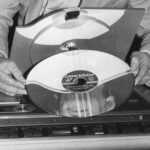
The Forgotten History Of The LaserDisc Player
Today, we take for granted the ability to select and watch movies at home, as well as the availability of massive amounts of data stored in portable formats. Yet, when a laser disc player was first demonstrated in 1972, it was a pioneering technology that led to the possibilities that came after.
Per the Computer History Museum, the invention of the laser disc began with a series of patents filed for different types of optical discs. Engineer David Paul Gregg first conceived a “transparent recording disc” in 1958 and applied for a United States patent in 1967, which was issued two years later. Meanwhile, inventor James T. Russell, whose patents take up several pages at Justia, filed his “analog to digital to optical photographic recording and playback system” patent in 1966, which was granted in 1970.
In 1969, Dutch physicists Klaas Compaan and Piet Kramer developed a system that led to the production of the Philips Video Long Play (VLP) laser player, which used discs produced by the Music Corporation of America (MCA). As reported by CED Magic, the system was initially named Disco-Vision. The first public demonstration of the player and discs took place in 1972 and consisted of seven minutes of clips taken from 22 different movies. When the Disco Vision system, now without the original hyphen, became available for purchase in 1978, its discs looked like large CDs, were two-sided, and could hold 54,000 frames, or 30 to 60 minutes of playback per side.
The rise and fall of the LaserDisc player
As reported by the Computer History Museum, Philips’ Magnavox VH-8000 consumer laser disc player went to market in 1978. Accompanied by the first movie available on a disc, “Jaws,” the system retailed in the United States for $749. Japanese company Pioneer trademarked the name “LaserDisc” and started selling their VP 1000 in 1979. Corporate and educational applications followed with the Digital Equipment Corporation’s Interactive Video Instructional System used for workplace training and the Chicago Museum of Science and Industry’s installation of an exhibit in which people searched the Chicago Tribune via disc.
As reported by Jamie Logie of Back In Time on Medium, the laser disc was actually the third format available to the public for watching movies at home — it followed VHS and Betamax cassettes and preceded DVDs by four years. The picture and sound quality of laser discs were far superior to other home formats and gave the viewer easy playback control. However, the size and weight of the discs made them unwieldy (they were the size of a traditional long play vinyl record), they were delicate, and they had to be manually flipped over. Additionally, they couldn’t record media, which was key as consumers were using VHS tapes to record as well as play media. The expensive costs of LaserDisc players and discs combined with the inability to record made the system impractical for everyone but dedicated cinephiles. The technology did, however, pave the way for CDs and DVDs, which became the next mainstream method of media access.
2 thoughts on “The Forgotten History Of The LaserDisc Player”
Leave a Reply
You must be logged in to post a comment.

The Untold Truth Of The Statue Of Zeus At Olympia

Here's How Many Shipwrecks Are Lost In The Ocean

The Common Piranha Myth You Should Stop Believing
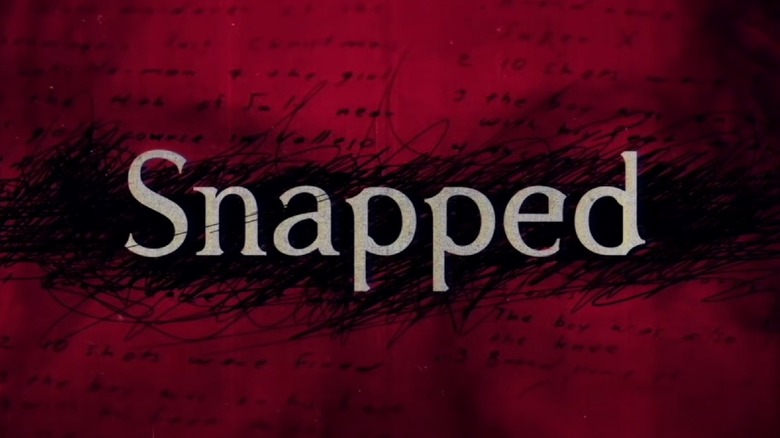
Snapped: What You Didn't Know About The True Crime Hit

The Untold Truth Of Abolitionist Tunis G. Campbell

The Truth About Todd Rundgren's Feud With John Lennon

The Truth About Bruce Springsteen's Olympian Daughter
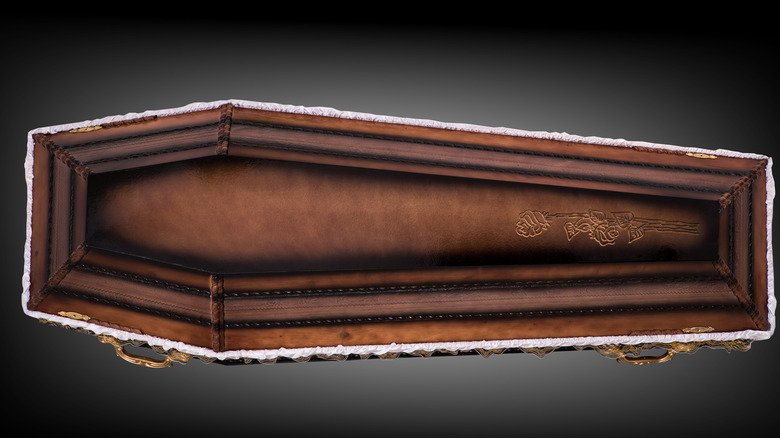
This Is The Difference Between A Coffin And A Casket

Why Lil B Doesn't Like Post Malone
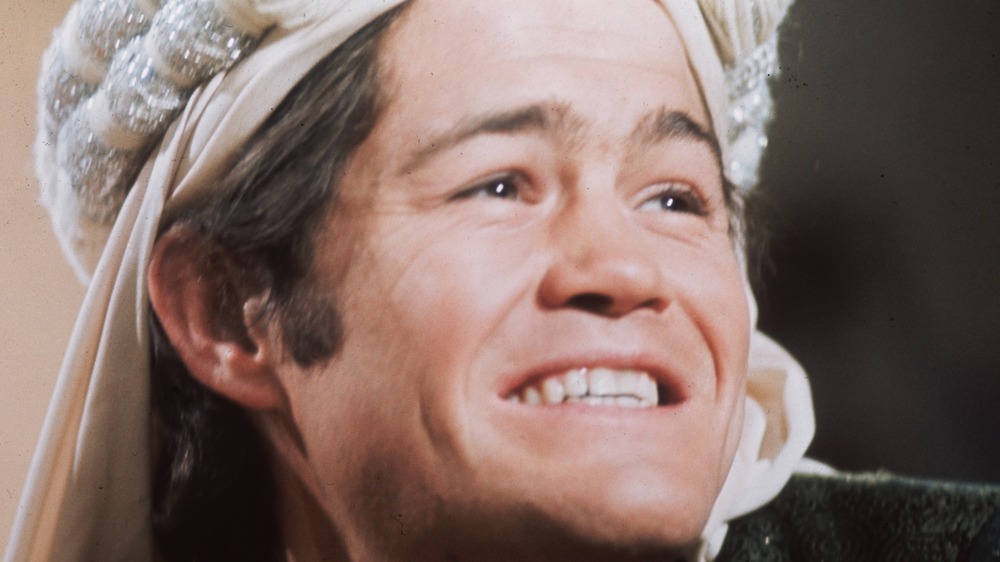
The Untold Truth Of Micky Dolenz
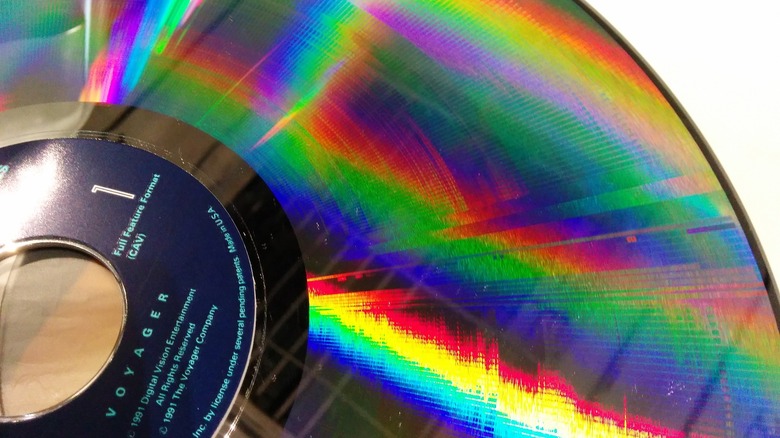








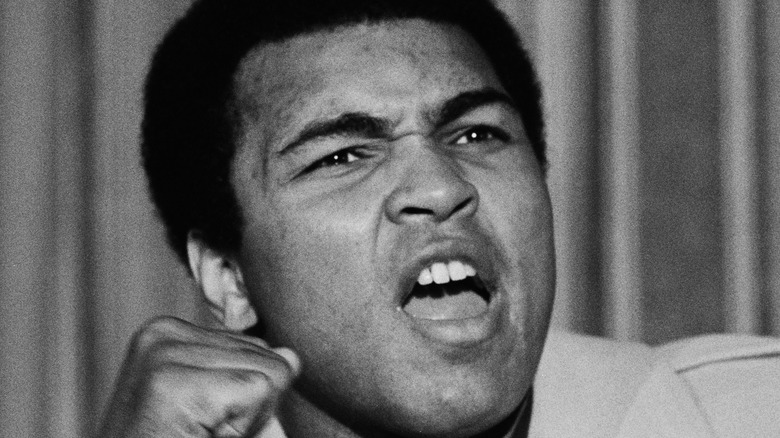
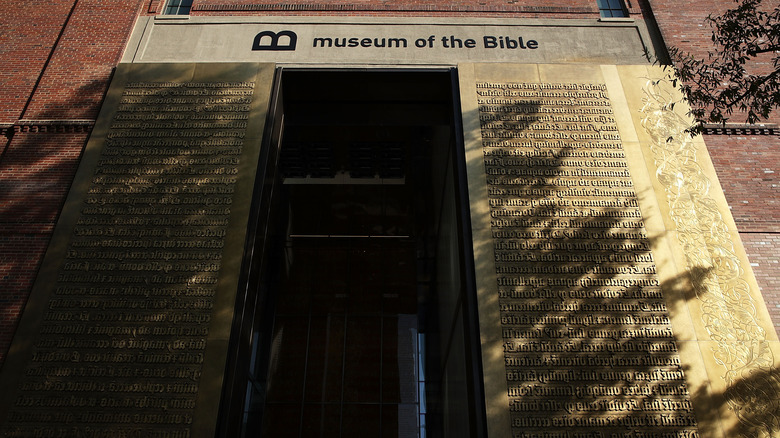

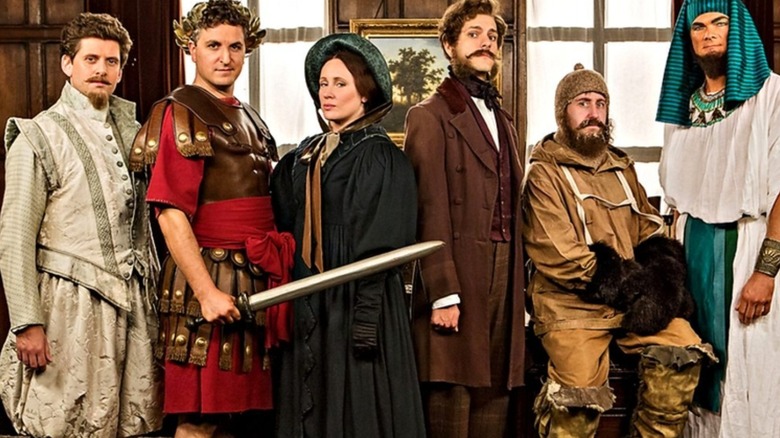


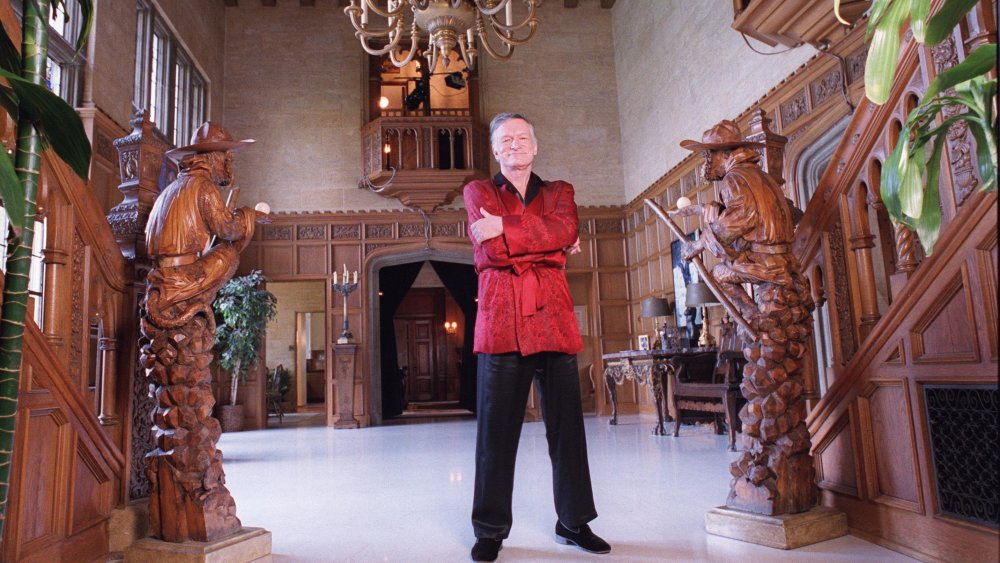
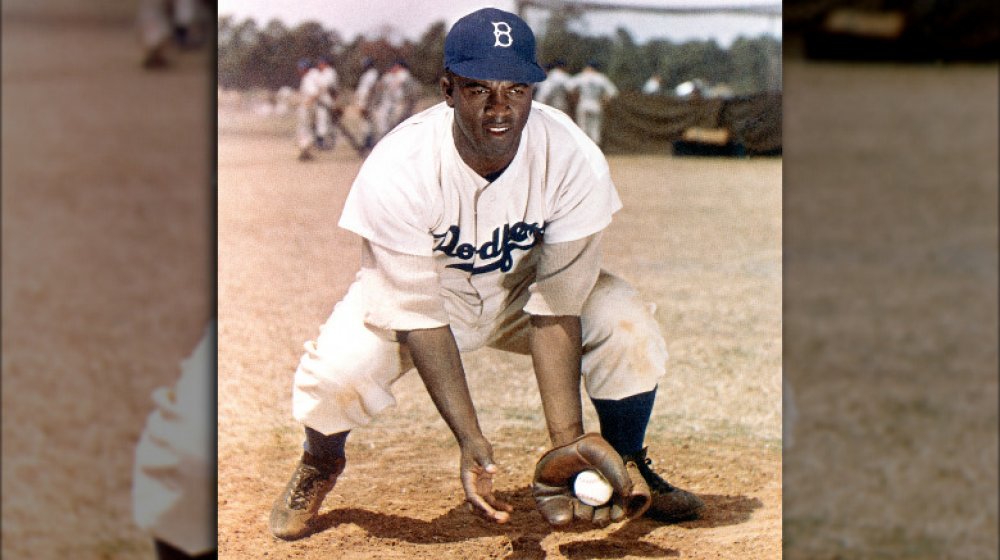
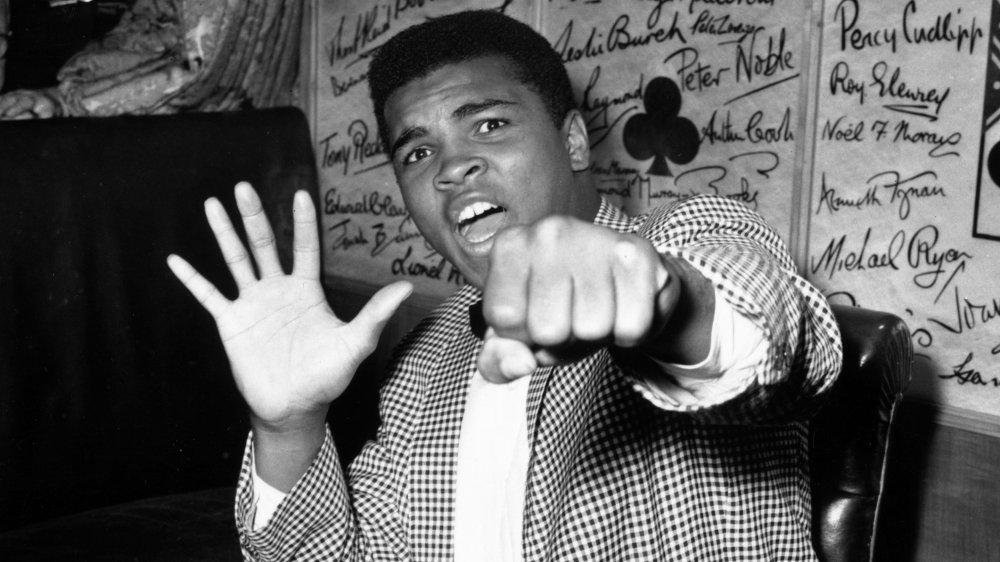






Fantastic blog! Do you have any tips and hints for aspiring writers? I’m planning to start my own site soon but I’m a little lost on everything. Would you recommend starting with a free platform like WordPress or go for a paid option? There are so many choices out there that I’m completely confused .. Any recommendations? Thanks!|